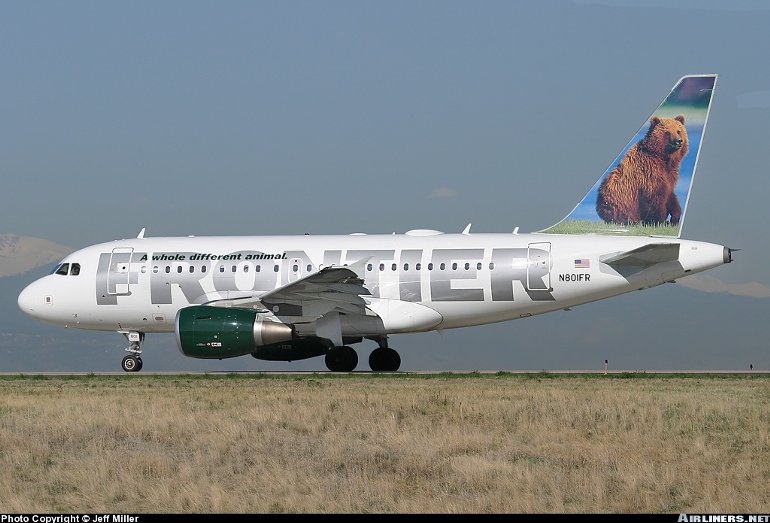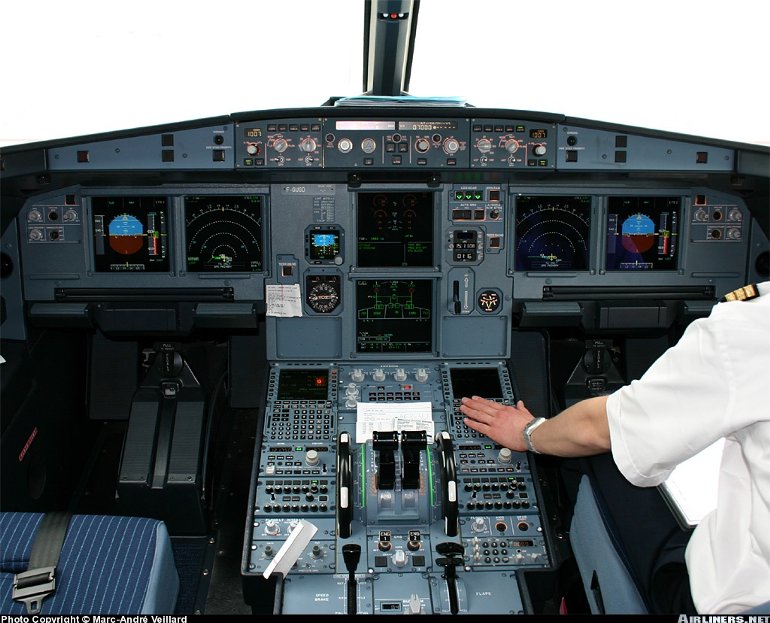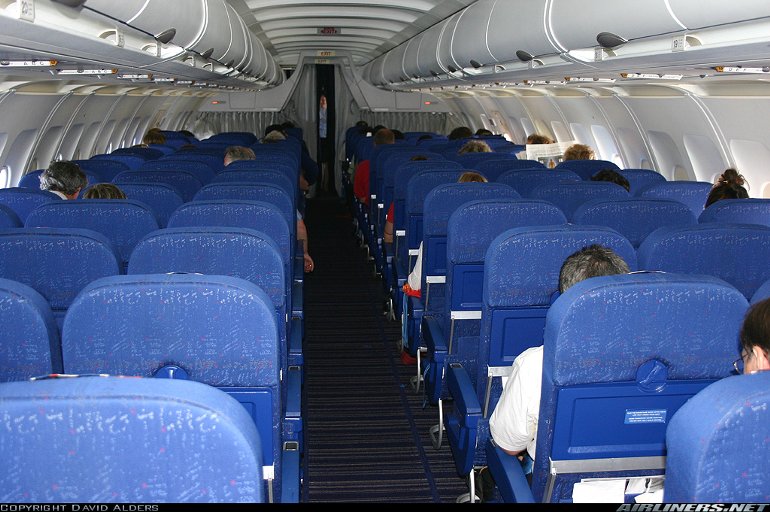Aircraft Technical Data
Airbus A318



| Details | |
| Country of Origin | European consortium |
| Type | 100 seat regional airliner |
| History | The A318 will be Airbus' smallest airliner and is the European manufacturer's first foray into the 100 seat market. Airbus' initial efforts at developing a 100 seat airliner were focused on the all new AE31X program (covering the baseline 95 seat AE316 and 115-125 seat AE317) which Airbus and Alenia, as Airbus Industrie Asia, were developing in conjunction with AVIC of China and Singapore Technologies. The AE31X program arose out of earlier Chinese and South Korean studies for a 100 seater and a framework agreement covering its development was signed in May 1997. However on September 3 1998 Airbus announced termination of the project saying it was not economically viable. The AE31X would have flown in mid 2002 and entered service in mid 2003. Final assembly would have been undertaken at Xian in China by Xian Aircraft Company. Even before the cancellation of the AE31X program Airbus had been independently studying a minimum change 100 seat derivative of the A319 covered by the A319M5 designation (M5 = minus five fuselage frames). Following the AE31X's cancellation Airbus announced the commercial launch of the A319M5 as the A318 at the 1998 Farnborough Airshow. Airbus announced the A318's industrial launch in April 1999, allowing full scale development to get underway, permitting service entry in late 2002. Program development cost is estimated at $US300m, and the list unit price $US36m. Compared with the A319, the A318 is 4.5 frames shorter, reducing standard two class seating from 124 to 107. The A318's other significant new feature will be its powerplant, the newly developed Pratt & Whitney PW-6000 (being developed in the 67-102kN/15-23,000lb thrust class), but the CFM International CFM56-5 is also available. Other changes will include a small dorsal fin added to the tail, modified wing camber, and a reduced size cargo door. Otherwise the A318 will retain much commonality with the rest of the A320 family, including the advanced flightdeck with side stick controllers and fly-by-wire flight controls allowing a common type rating, and the same six abreast fuselage cross section. The first flight was made on January 15, 2002 from Hamburg-Finkenwerder |
| Powerplants | Two Pratt & Whitney PW-6000 or CFM International CF56-5 turbofans with a thrust range from 96.0kN (21,600lb) to 105.9kN (23,800lb) |
| Performance | Max operating Mach No. M0.82 Range at 59 tonne (129,955lb) takeoff weight 2780km (1500nm), range at 61.5 tonne (135,463lb) takeoff weight 3705km (2000nm). |
| Weights | Standard max takeoff 59,000kg (130,100lb), optionally up to 68,000kg (149,900lb). Typical operating weight empty 38,375kg (84.600lb) |
| Dimensions | Wing span 34.09m (111ft 10in), length 31.44m (103ft 2in), height 12.56m (41ft 2in), wing area 122.6m2 (1320ft2) |
| Capacity | Flightcrew of two. Standard seating for 107 passengers (eight premium class at four abreast and 97cm/38in pitch, 99 economy class at six abreast and 81cm/32in pitch). Single class seating for 117 at 81cm (32in) pitch at six abreast. |
| Production | By Jan.2002 total orders for the A318 stood at 114. Initial deliveries planned for late 2002. |
| Related Links | Airbus A318 |
The backbone of this section is from the The International Directory of Civil Aircraft by Gerard Frawley and used with permission. To get your own copy of the book click here. |
|








